Cat:Wire Wheel Brush
Made from twisted wire filaments, this brush is used extensively in industrial and maintenance applications for tasks th...
See DetailsIn industrial finishing and metalworking, the choice of grit size significantly affects surface preparation quality. A Non-Woven Fiber Wheel comes in a variety of grit sizes, each tailored for specific applications ranging from heavy material removal to fine polishing. Understanding how different grits perform enables operators and engineers to select the right tool for each stage of the process, ensuring efficiency, consistency, and a suitable surface finish.
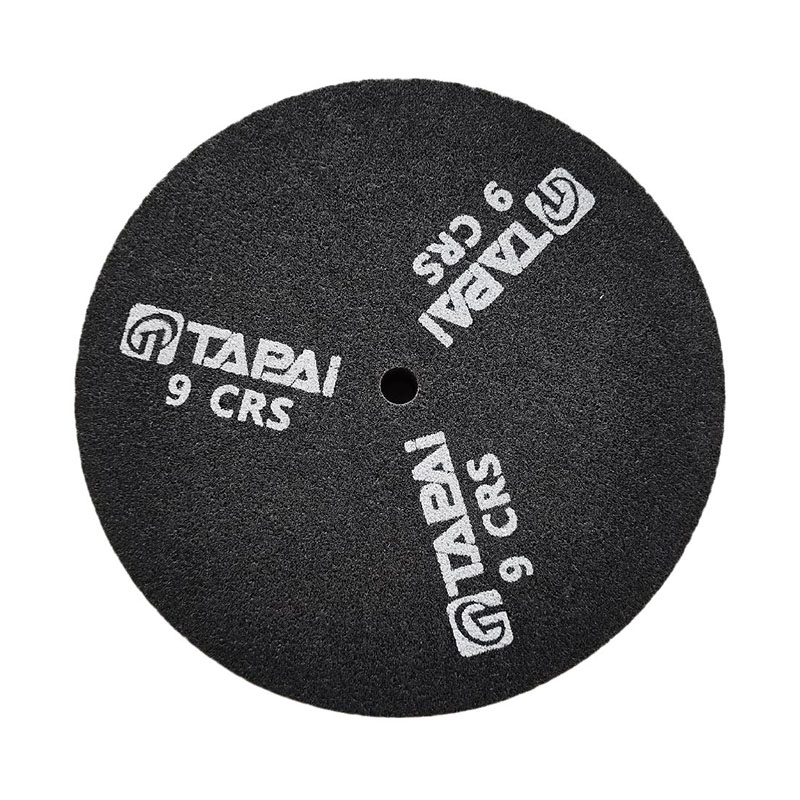
Coarse-grit Non-Woven Fiber Wheels, typically in the range of 36 to 80 grit, are designed for aggressive material removal. They excel at stripping oxidation, rust, welding residues, and other surface imperfections. The larger abrasive particles create deeper cutting action, allowing rapid removal of unwanted layers from metals such as steel, aluminum, or copper. While these wheels are highly effective for initial surface preparation, they produce a rougher finish that often requires follow-up with finer grit wheels. Coarse grits are particularly advantageous in applications where time efficiency is critical and the surface condition is significantly compromised.
Medium grit wheels, generally between 100 and 180 grit, offer a balance between material removal and surface refinement. They are commonly used after coarse grit to smooth out rough surfaces and remove scratches left by the initial abrasive stage. The moderate particle size allows for controlled cutting without generating excessive heat or damaging the base material. Medium-grit Non-Woven Fiber Wheels are ideal for deburring edges, blending weld seams, and preparing surfaces for subsequent polishing or coating operations. This versatility makes them a popular choice for many metalworking and fabrication processes.
Fine-grit Non-Woven Fiber Wheels, typically 220 grit and above, are designed for finishing and polishing tasks. They remove minor surface imperfections and produce a smooth, uniform finish. Fine-grit wheels are particularly effective in applications where aesthetics are important or where surfaces must be prepared for coating, plating, or anodizing. Their gentle abrasion reduces the risk of introducing new scratches, making them suitable for delicate metals and precision components. Operators often use fine-grit wheels in the final finishing stage to achieve a high-quality surface appearance.
The performance of different grit sizes is influenced by several factors beyond particle size. Wheel speed, pressure, angle of contact, and workpiece material all play a role in determining efficiency and finish quality. Coarser grits require careful control to prevent gouging or excessive heat buildup, while fine grits require consistent motion to avoid uneven polishing. Additionally, the open, non-woven structure of these wheels helps prevent clogging, ensuring that each grit size maintains consistent cutting action throughout its lifespan.
Selecting the appropriate grit size depends on the specific application requirements. In multi-stage finishing, operators often use a progression of grits, starting with coarse and moving toward fine, to optimize both efficiency and surface quality. Proper maintenance and inspection of the wheels also ensure consistent performance, as worn fibers or abrasive particles can reduce effectiveness. Combining the right grit size with the correct application technique improves the productivity and quality of metalworking and surface finishing processes.
The performance of a Non-Woven Fiber Wheel varies significantly across different grit sizes. Coarse grits provide rapid material removal, medium grits offer balanced smoothing and deburring, and fine grits deliver polishing and surface refinement. Understanding these differences allows operators to select the appropriate wheel for each stage of processing, achieving efficient, high-quality results while protecting the workpiece. Correct grit selection, combined with proper application technique, ensures reliable and consistent outcomes in industrial finishing and metalworking operations.
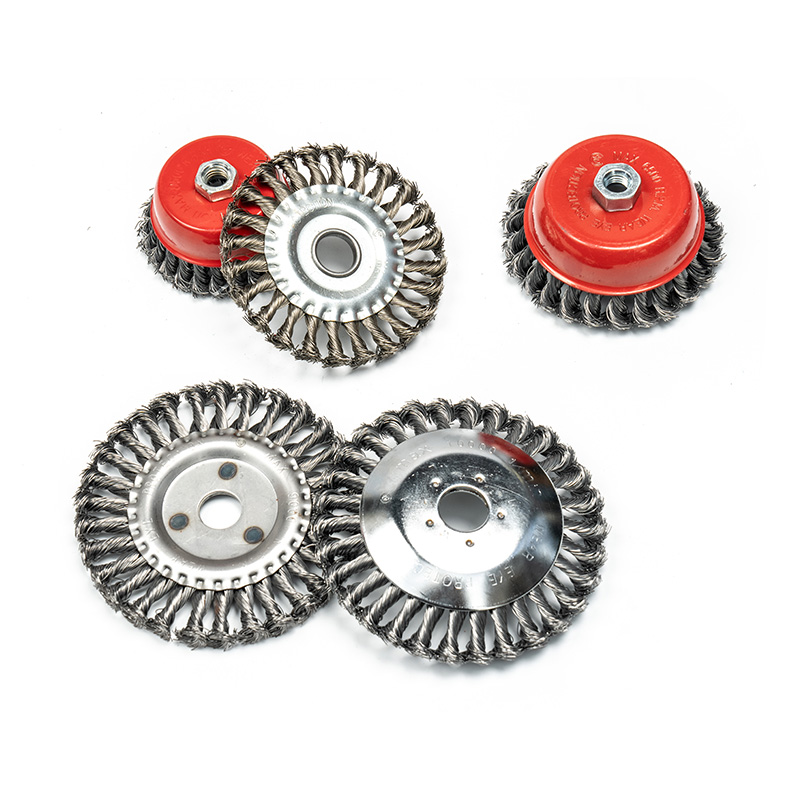
Made from twisted wire filaments, this brush is used extensively in industrial and maintenance applications for tasks th...
See Details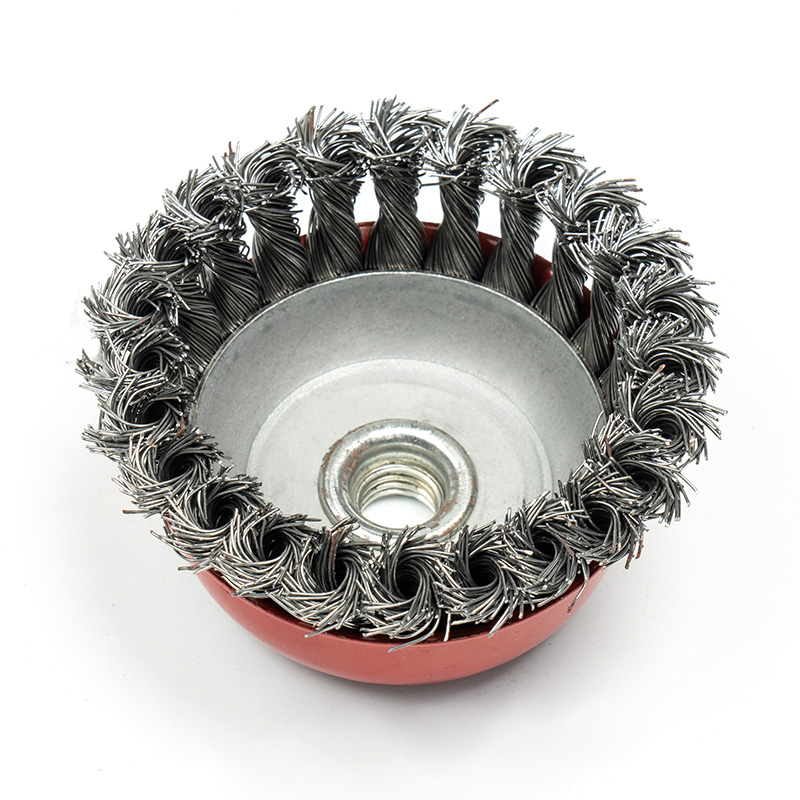
Featuring a bowl-shaped configuration and twisted wire bristles, this brush is suitable for industrial and automotive ap...
See Details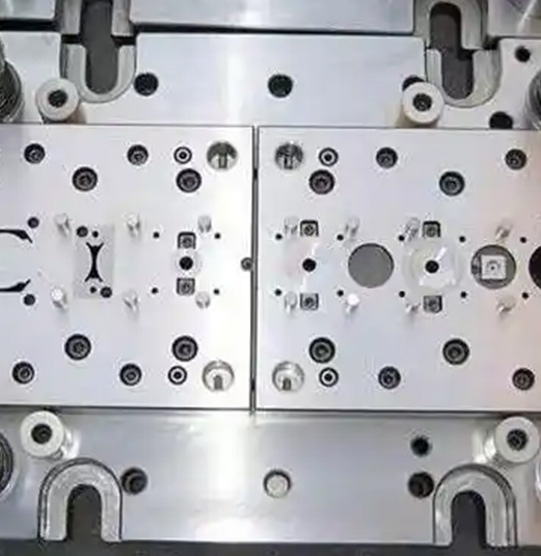
A single-strike die is a specialized tool used in the manufacturing industry for single-impact stamping of metal molds. ...
See Details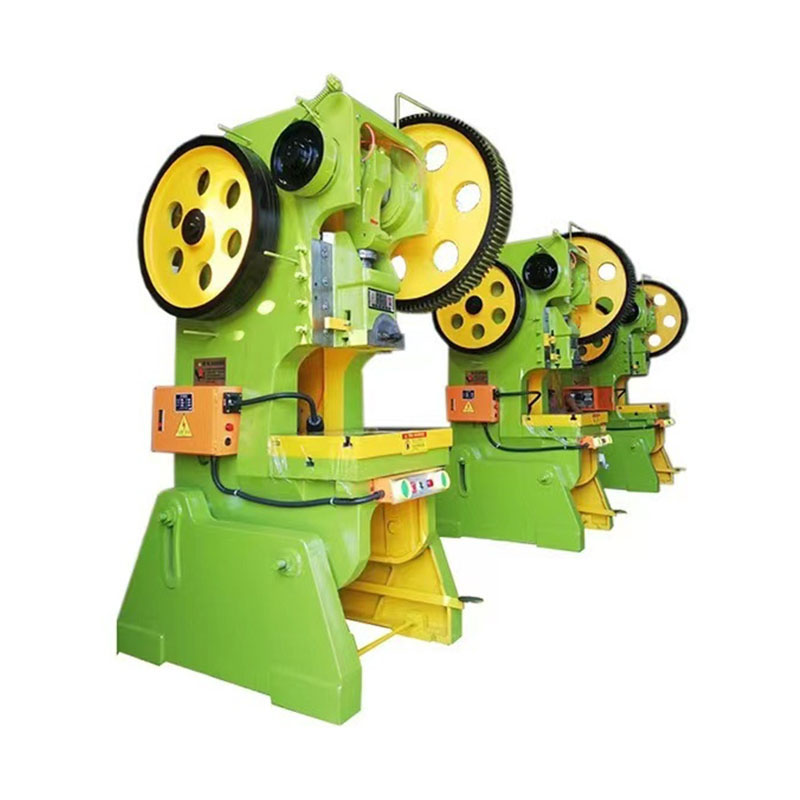
The Precision Punching Press is an advanced, high-performance machine designed for efficient and precise punching, shear...
See Details+86-18867586928
Contact Us